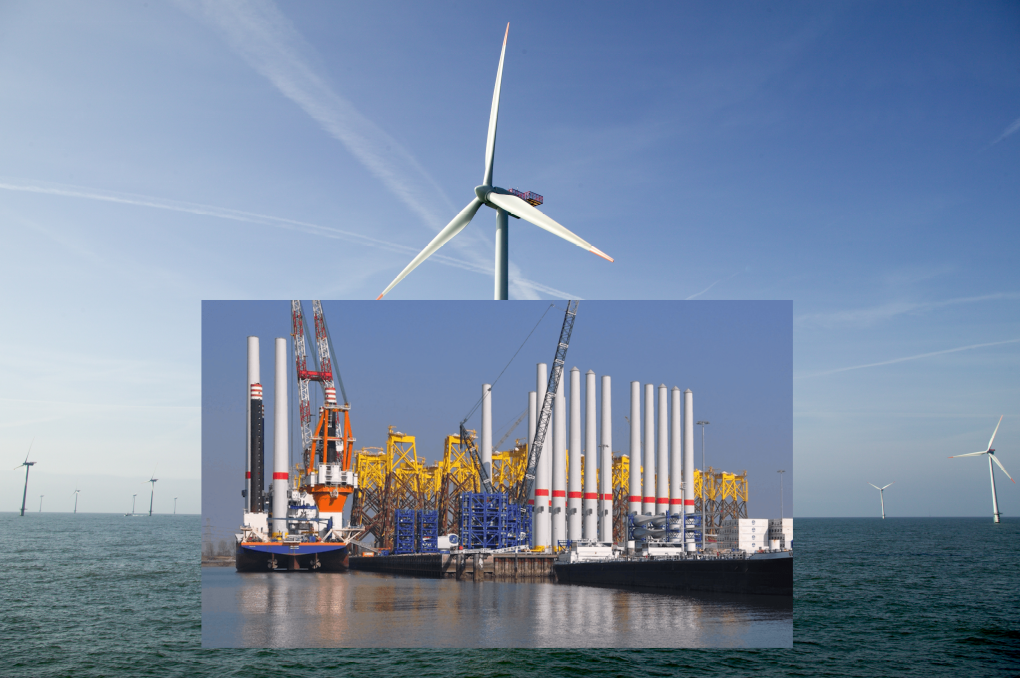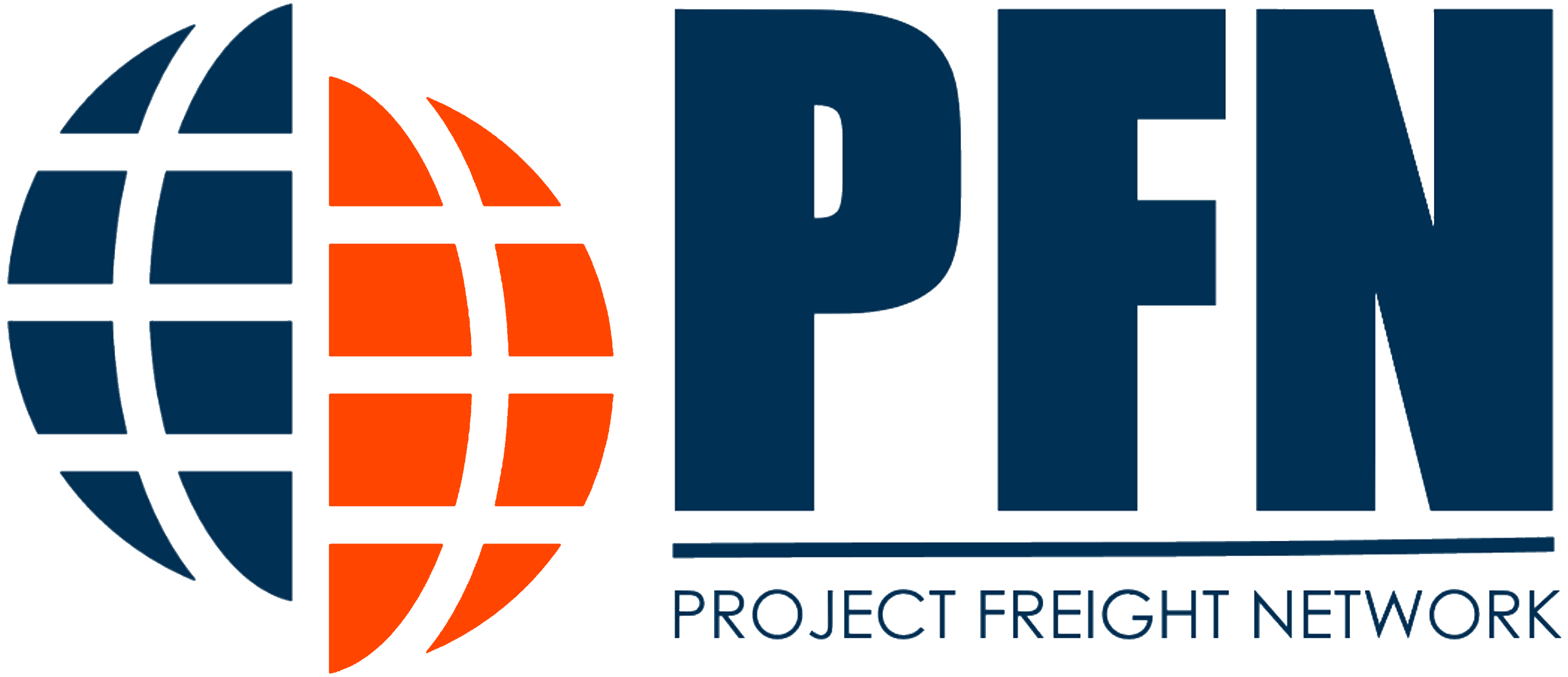Introduction
The exclusive members ate PFN are excited to explore the immense potential that wind energy presents for ports and coastal regions worldwide. The rapid advancements in wind power technology have opened up new avenues for sustainable energy generation, economic growth, and environmental stewardship. In this article, we delve into the remarkable opportunities wind energy brings to ports, empowering them to play a pivotal role in the renewable energy landscape.

Harnessing the Power of Wind
Wind Farms: A Sustainable Solution
As the demand for clean energy continues to surge, wind farms have emerged as a leading sustainable solution. These vast clusters of wind turbines harness the power of wind to generate electricity. Ports, with their strategic coastal locations, are ideally positioned to host offshore wind farms. The availability of open water and proximity to electrical grids make ports the perfect base for establishing these renewable energy installations.
Economic Advantages
The integration of wind energy into ports can have profound economic benefits. By accommodating wind farms, ports can attract substantial investments, create job opportunities, and stimulate local economies. The development and maintenance of wind farms require a skilled workforce, including engineers, technicians, and logistics personnel. This influx of skilled labor contributes to regional economic growth, boosting various sectors such as manufacturing, construction, and services.
Furthermore, wind farms can serve as a long-term source of revenue for ports. Leasing portions of port land or offshore areas for wind farm development can generate substantial income, allowing ports to reinvest in infrastructure development and improve their overall competitiveness.
Environmental Stewardship
Wind energy offers a compelling solution to combat climate change and reduce greenhouse gas emissions. By shifting toward renewable energy sources, ports can significantly reduce their carbon footprint and contribute to global efforts to mitigate the impacts of climate change. Wind farms produce clean electricity without emitting pollutants or greenhouse gases, ensuring a greener and more sustainable future.
Port Infrastructure and Wind Energy Integration
Upgrading Electrical Infrastructure
To support the integration of wind energy, ports need to enhance their electrical infrastructure. Upgrading the electrical grid and transmission systems allows efficient and reliable distribution of wind-generated electricity. The integration of smart grid technologies enables better management of fluctuating wind power output, ensuring a stable and balanced electrical supply for the port and surrounding communities.
Adapting Harbor Facilities
The integration of wind energy necessitates adaptations to port infrastructure. As wind turbines are becoming larger and more powerful, ports need to accommodate the transportation, installation, and maintenance of these components. Enhancements to harbor facilities, such as deepening navigation channels, expanding quays, and reinforcing berths, enable ports to handle the logistics associated with wind farm development and operation.
Synergies between Wind Energy and Port Operations
Offshore Logistics and Support Services
Ports offer crucial logistical support for offshore wind farms. They serve as base ports for crew transfers, supply chain management, and maintenance activities. The establishment of specialized offshore wind support services at ports, including vessel maintenance and crew training centers, further strengthens their position as hubs for the offshore wind industry. These synergies create a symbiotic relationship, where the growth of wind energy complements the development of port infrastructure and services.
Local Manufacturing and Supply Chain
Wind energy development provides opportunities for local manufacturing and supply chain integration. Ports can leverage their existing industrial capabilities to attract wind turbine and component manufacturers, fostering the growth of domestic industries. The establishment of wind turbine assembly plants, blade manufacturing facilities, and other related industries creates a localized supply chain, generating employment and stimulating economic growth within the port region.
Research and Innovation
Ports are hotbeds for research, development, and innovation. The integration of wind energy within port operations encourages collaboration between academia, industry experts, and technology providers. This collaboration drives advancements in offshore wind technology, leading to more efficient leading to more efficient and cost-effective wind turbines, improved maintenance techniques, and innovative solutions for offshore logistics. The synergy between research institutions, port authorities, and wind energy developers fosters a culture of innovation, positioning ports as centers of excellence for renewable energy technologies.
Overcoming Challenges and Ensuring Success
Environmental Impact Assessment
Before embarking on wind energy projects, thorough environmental impact assessments (EIAs) are essential to ensure sustainable development. EIAs evaluate the potential effects of wind farms on marine ecosystems, wildlife, and local communities. By identifying and mitigating any adverse impacts, ports can strike a balance between renewable energy generation and environmental conservation.
Collaboration and Stakeholder Engagement
Successful integration of wind energy into ports requires collaboration and effective stakeholder engagement. Port authorities, local communities, environmental organizations, and industry stakeholders must work together to address concerns, ensure transparency, and maximize the benefits of wind energy projects. Engaging in open dialogue and actively involving stakeholders in the decision-making process helps build trust and create a shared vision for sustainable development.
Grid Connectivity and Interoperability
Seamless grid connectivity is crucial for the success of wind energy integration. Ports need to collaborate with energy grid operators to ensure that the generated electricity from wind farms can be efficiently transmitted and integrated into the wider power grid. Interoperability between various energy systems, including wind, solar, and conventional power sources, enables a smooth transition towards a renewable energy-powered future.
in the end, integrating wind energy into ports requires careful consideration of project logistics. Upgrading port infrastructure, enhancing electrical systems, adapting harbor facilities, and establishing offshore support services are key components for success. Collaboration, stakeholder engagement, and addressing environmental impacts are vital. By effectively managing project logistics, ports can unlock the full potential of wind energy, driving sustainable growth and contributing to a greener future.




